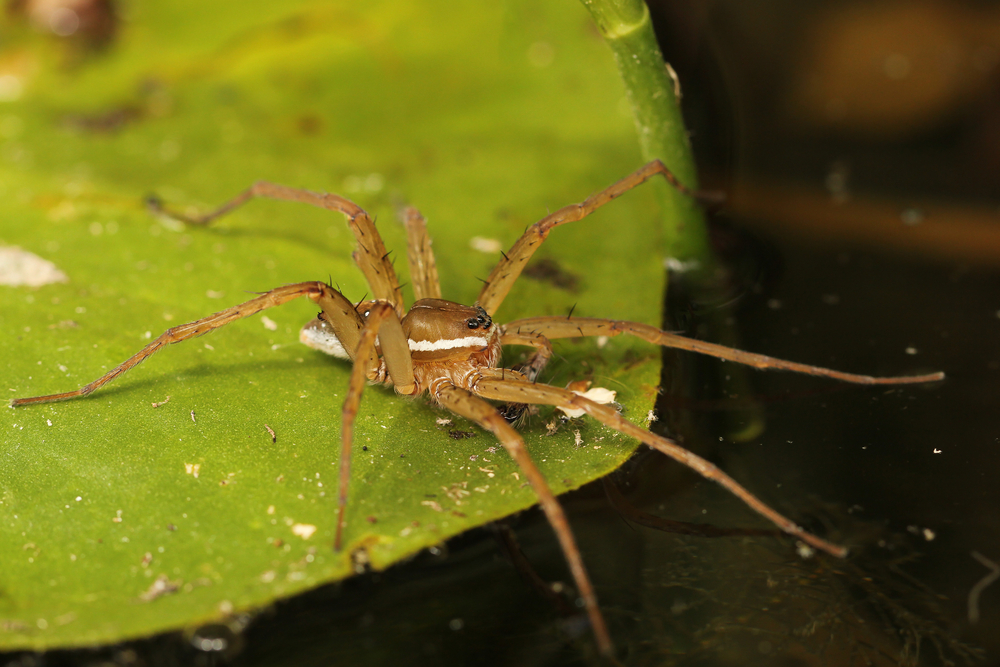Bombardier Beetle
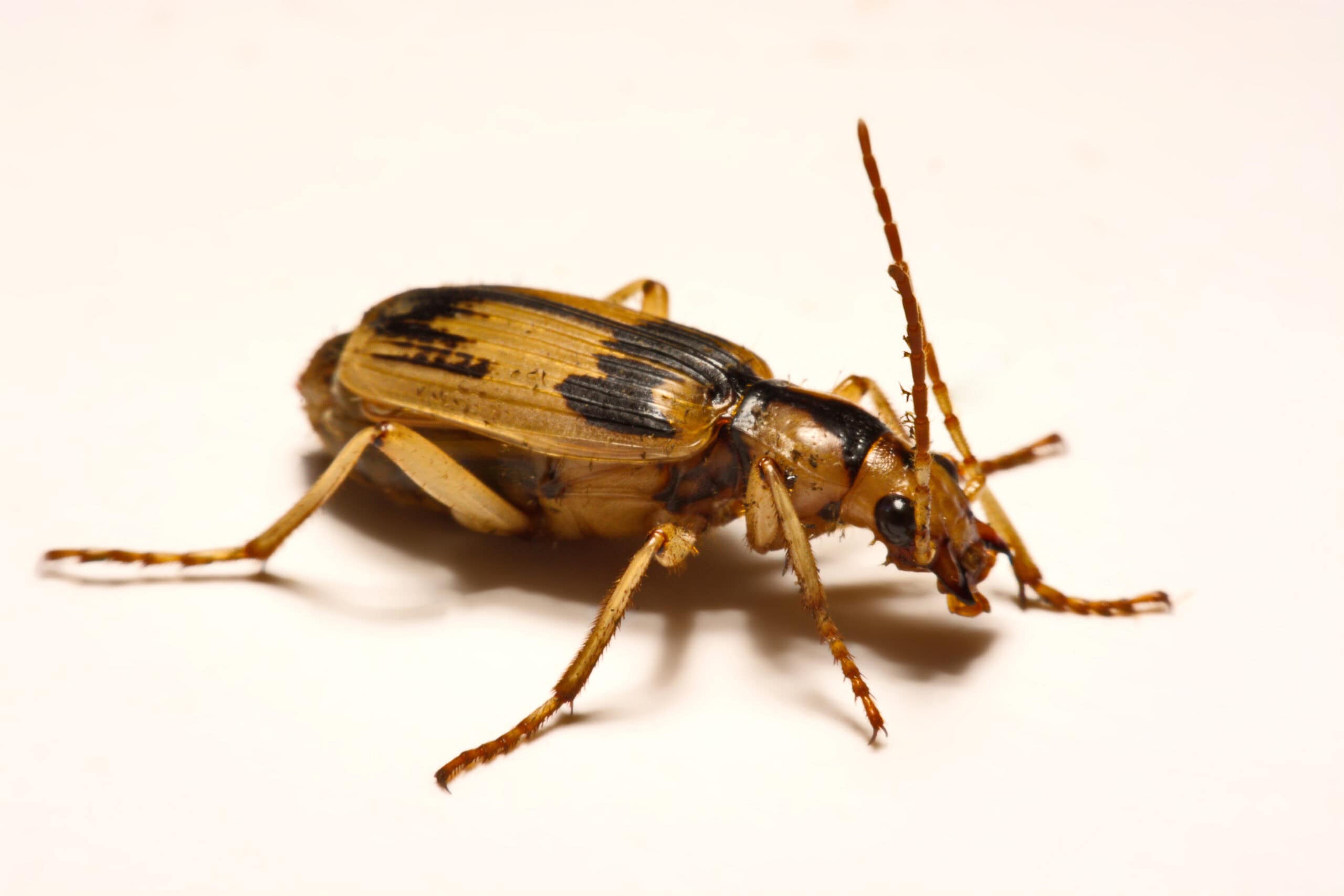
The Bombardier Beetle defends itself with an explosive chemical reaction. When threatened, it sprays a boiling hot liquid from its abdomen, made by mixing hydrogen peroxide and hydroquinone. The heat and chemicals are potent enough to deter predators, making this beetle a master of chemical warfare. It can fire this chemical spray in rapid bursts, up to 500 times per second, ensuring its safety. This powerful defense system allows it to survive against even larger predators.
Ironclad Beetle
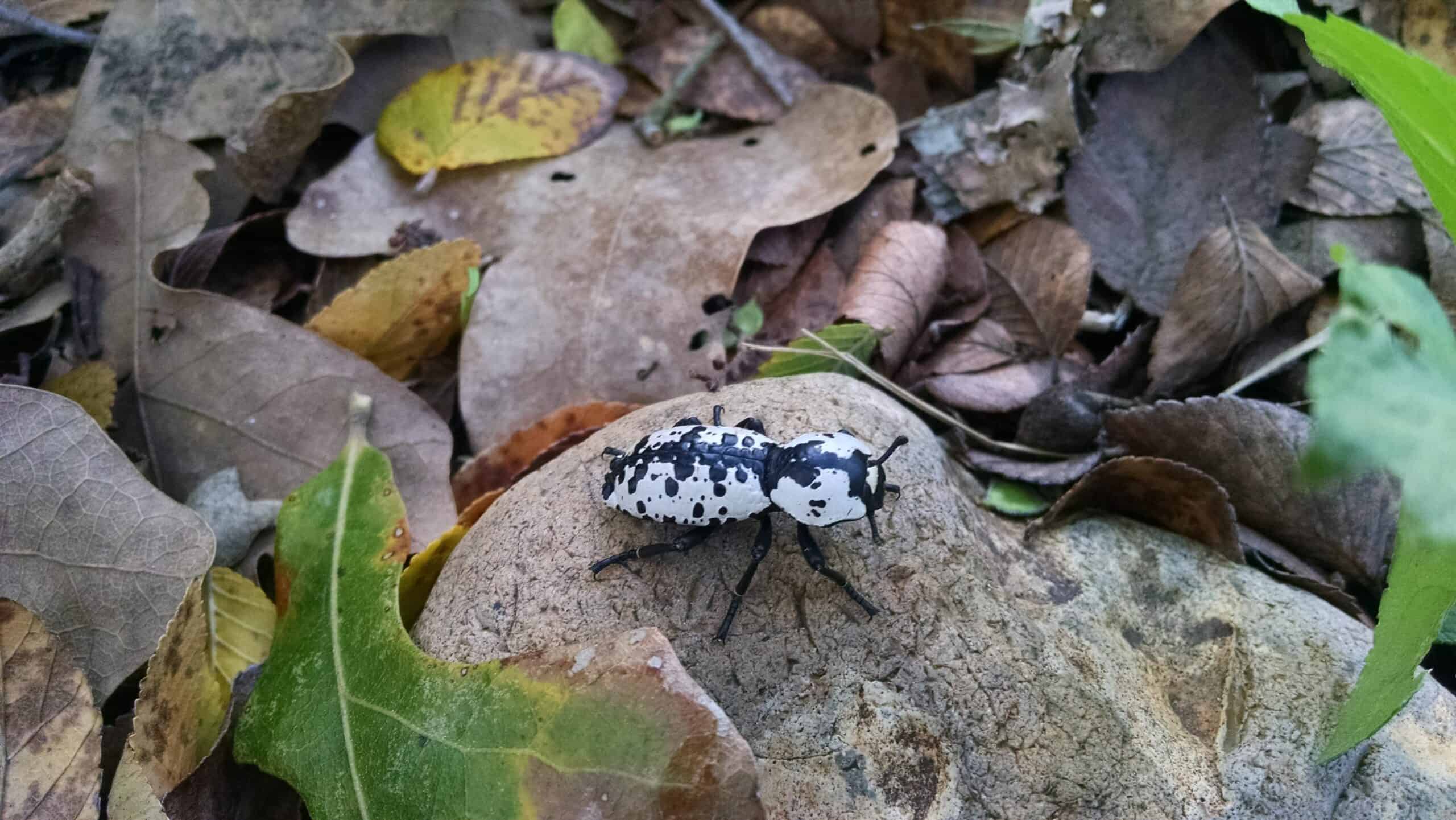
Known for its nearly indestructible exoskeleton, the Ironclad Beetle can survive extreme pressure, including being run over by a car. Its tough exterior protects it from predators and enables it to thrive in rugged environments. This beetle’s shell is so durable that even drilling through it is challenging. Scientists have studied its exoskeleton to learn how its structure could inspire stronger materials for engineering. The beetle’s resilience comes from the interlocking joints in its body, which distribute stress and prevent fractures under immense force.
Bark Spider
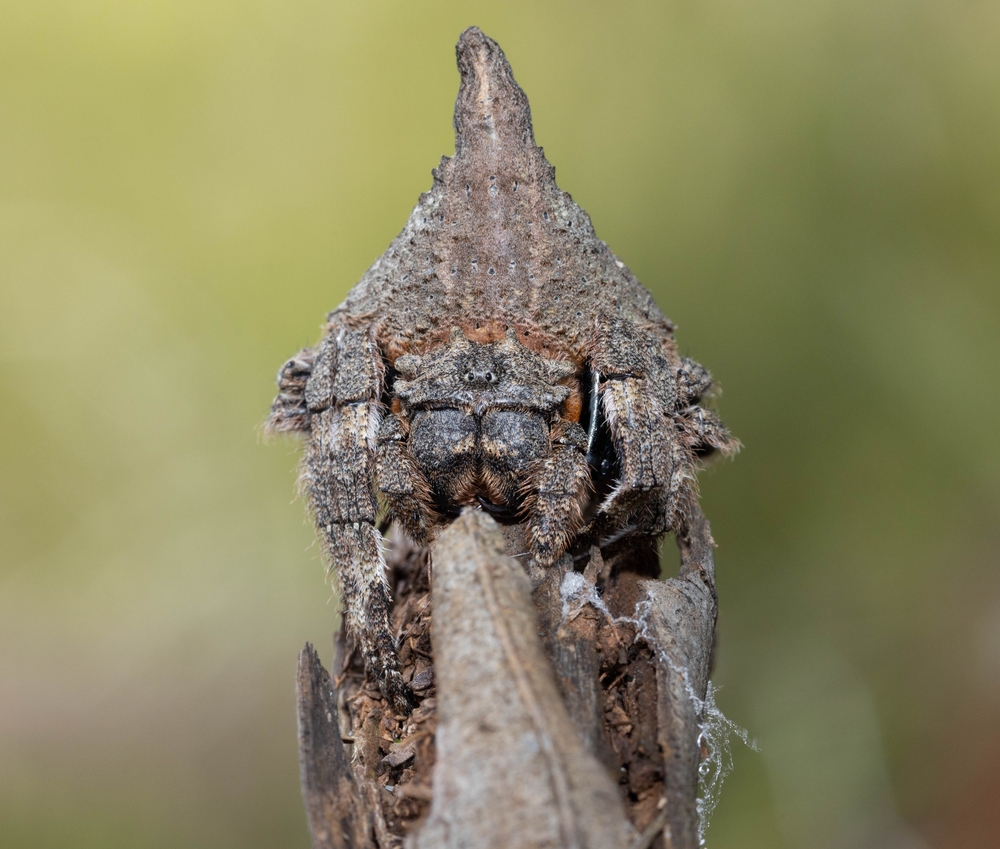
The Bark Spider produces the strongest known silk, 25 times stronger than steel. Their silk’s strength is unmatched in the natural world, helping them secure a wide variety of meals. Incredibly, the webs can stretch up to 25 meters (82 feet) across, making them some of the largest orb webs ever recorded. They spin massive webs across rivers, allowing them to catch large prey. Their unique silk and web construction help them thrive in environments where other spiders would struggle to capture prey.
Pine Sawfly Larvae
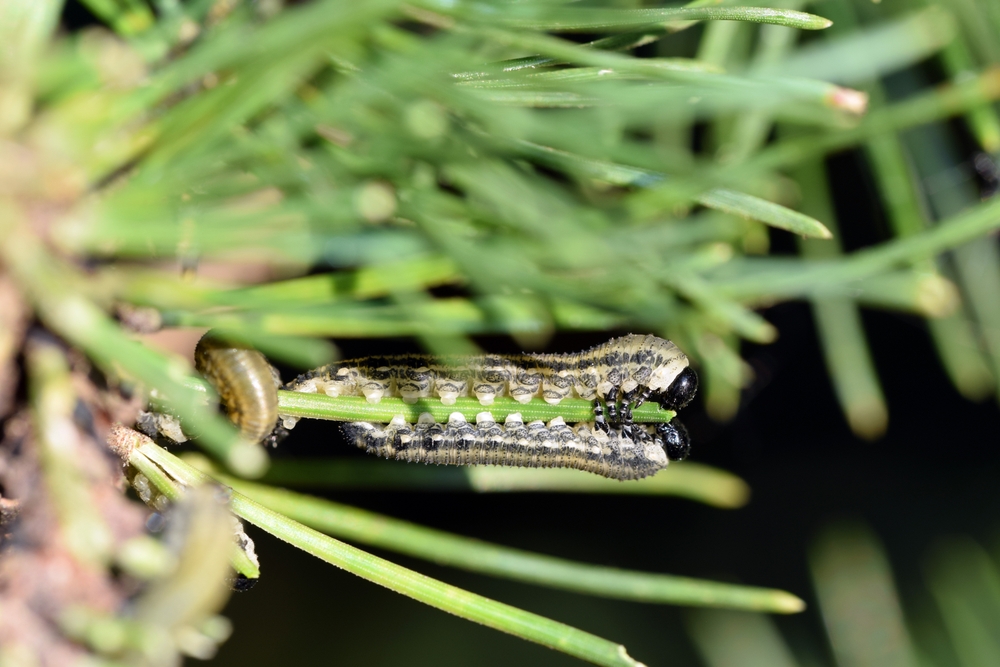
Pine Sawfly Larvae defend themselves by vomiting. When attacked, they regurgitate a toxic substance that repels predators. Interestingly, some larvae freeload and avoid vomiting, instead benefiting from the group’s defense, allowing them to grow faster. This group defense strategy helps to protect entire colonies, making it a powerful survival tactic. Additionally, the larvae tend to feed in large numbers on pine needles, which can severely damage the host trees if their population goes unchecked.
Dragonfly
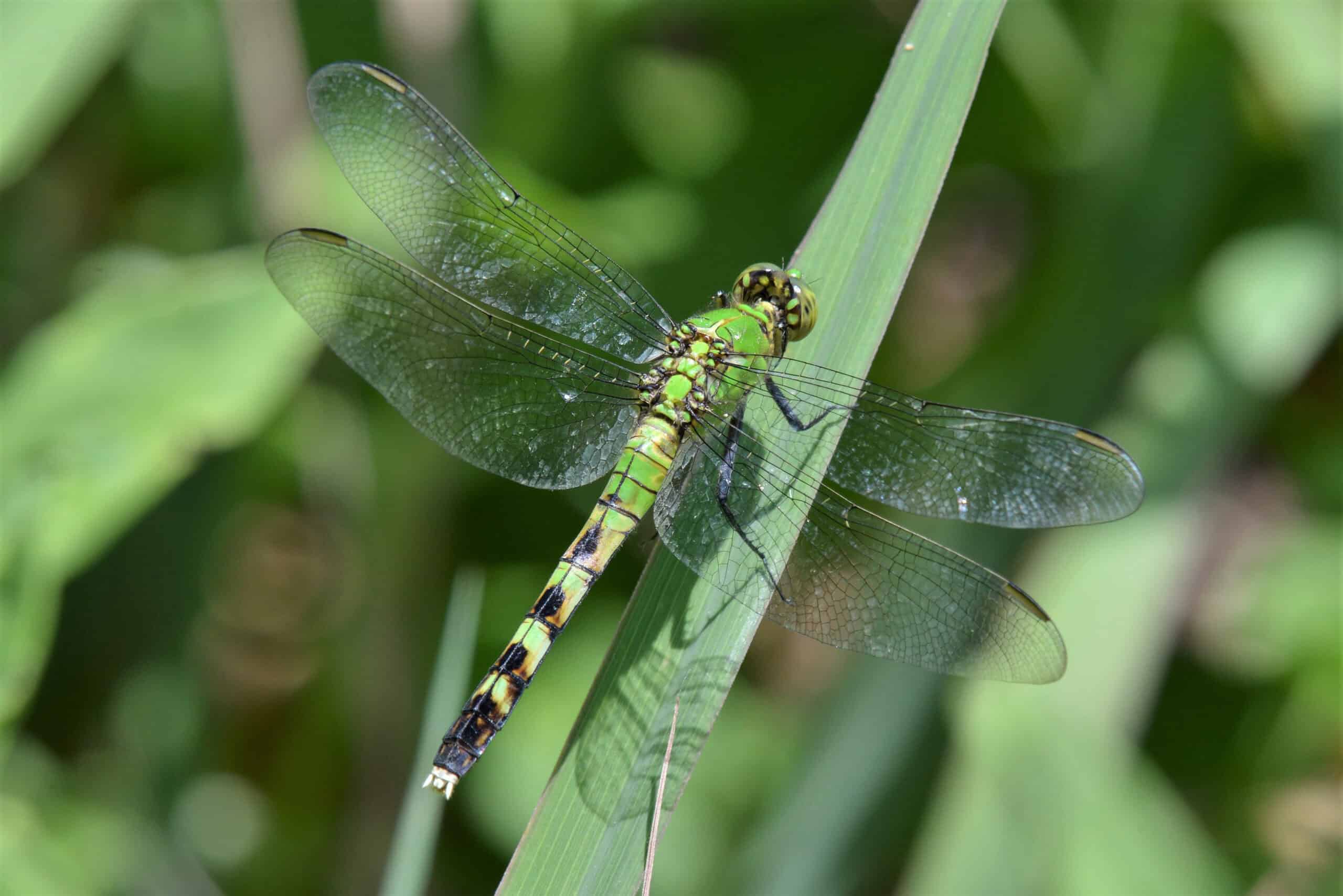
Dragonflies are elite hunters, with a capture success rate of over 95%. They use superior vision, fast reflexes, and unmatched flying agility to catch prey mid-air, making them some of the most effective predators in the insect world. Each of their compound eyes contains thousands of lenses, giving them a nearly 360-degree field of view. Their four wings can move independently, allowing for exceptional control and the ability to hover, fly backward, and change direction almost instantly. Additionally, dragonflies are capable of migrating long distances, sometimes crossing oceans, making them not just skilled hunters but also resilient travelers.
Leafhopper
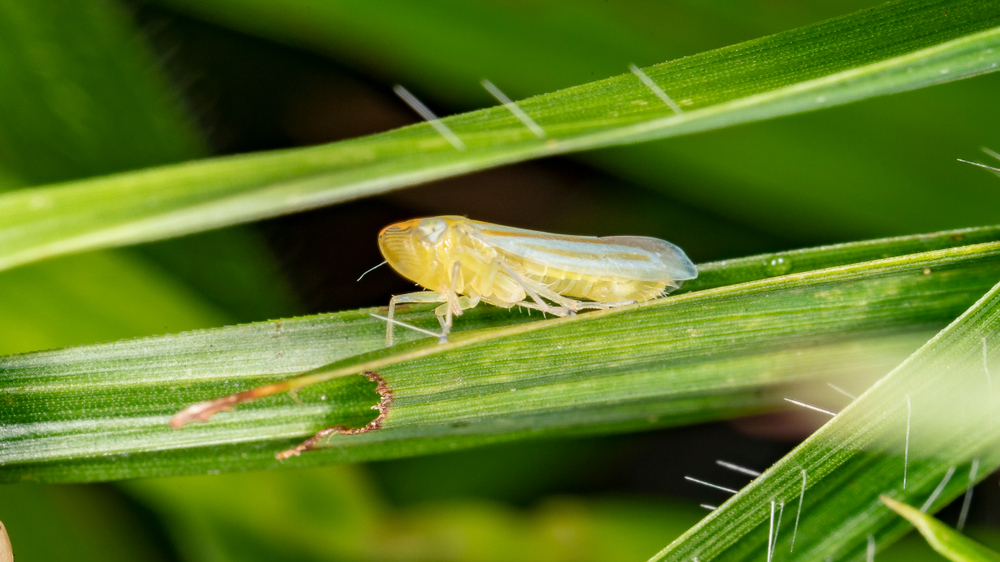
Leafhoppers communicate using vibrations, sending signals through plant stems to alert each other of threats or to attract mates. This ability allows them to stay hidden from predators while maintaining contact with other members of their species. In addition to their communication skills, they are known for their remarkable jumping abilities, able to leap great distances relative to their size to escape danger. They also secrete a protective waxy substance that helps them avoid dehydration and provides some defense against predators. These small yet agile insects play a significant role in ecosystems, feeding on plant sap and serving as prey for various animals.
Praying Mantis
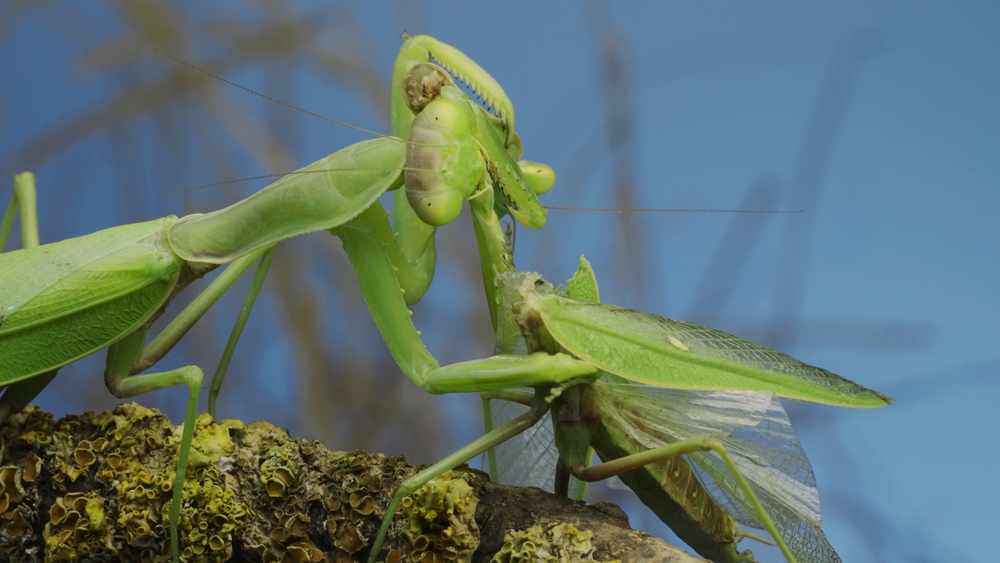
The female Praying Mantis is notorious for sexual cannibalism, often consuming her mate after reproduction. While seemingly brutal, this behavior boosts her chances of reproductive success by providing the nutrition needed for egg production. Males, however, have developed survival tactics, such as approaching females more cautiously or mating while hanging upside down to escape post-mating aggression. Praying mantises also possess remarkable predatory skills, using their powerful forelegs to snatch prey in lightning-fast strikes. Their ability to blend into their surroundings makes them stealthy hunters, capable of ambushing insects like flies, bees, and even small birds or amphibians.
Velvet Ant
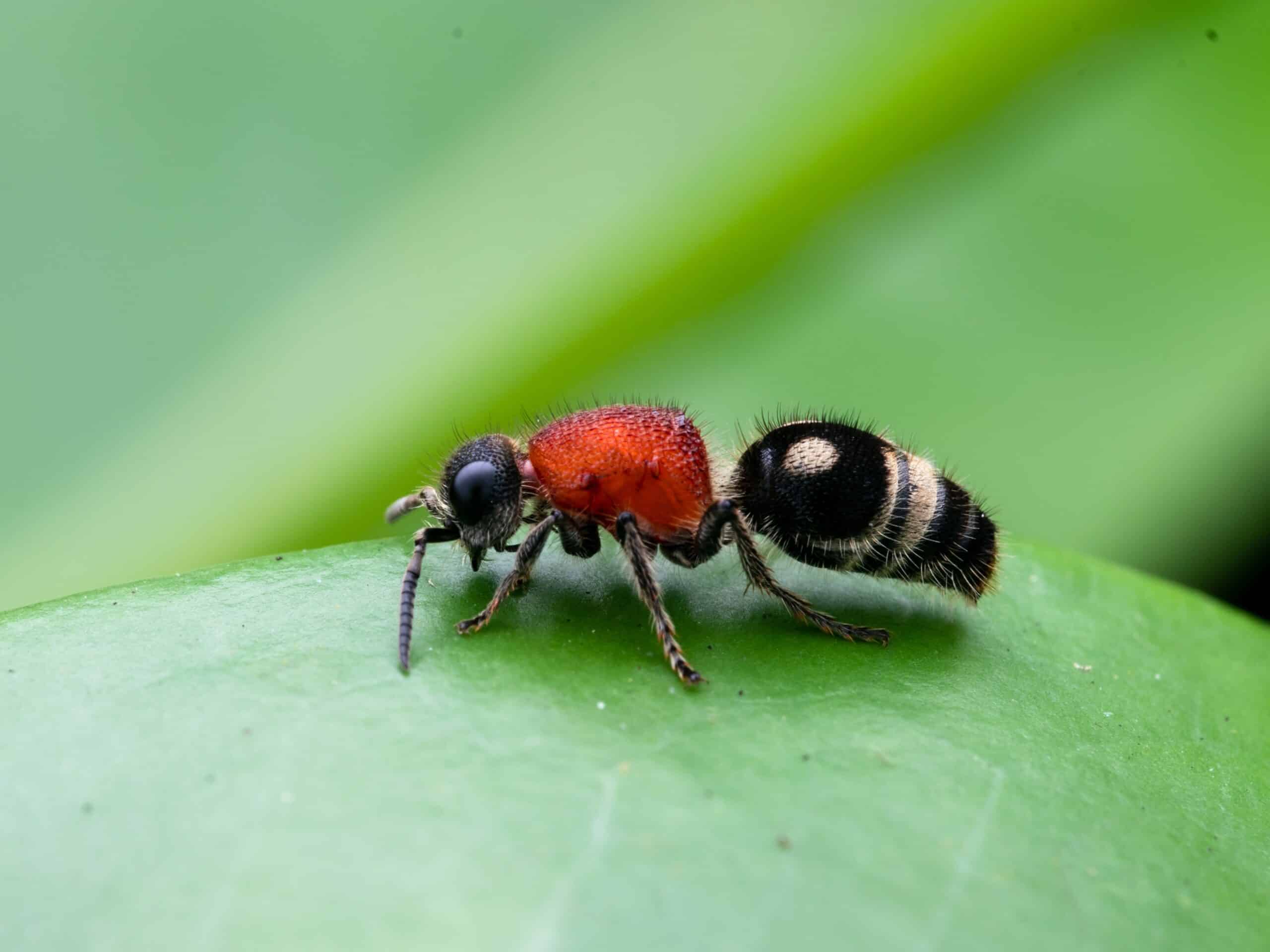
Despite its name, the Velvet Ant is a wasp, famous for its painful sting. Its vibrant colors serve as a warning to predators. The sting is so potent that it’s earned the nickname “cow killer,” making it one of the most feared wasps in the insect world. Velvet ants also have a thick exoskeleton, which helps protect them from predators such as birds and other insects. In addition to their sting, they emit a high-pitched squeak when threatened, which serves as another warning signal. Their resilience and multiple defense mechanisms make them well-equipped for survival in harsh environments.
Dung Beetle
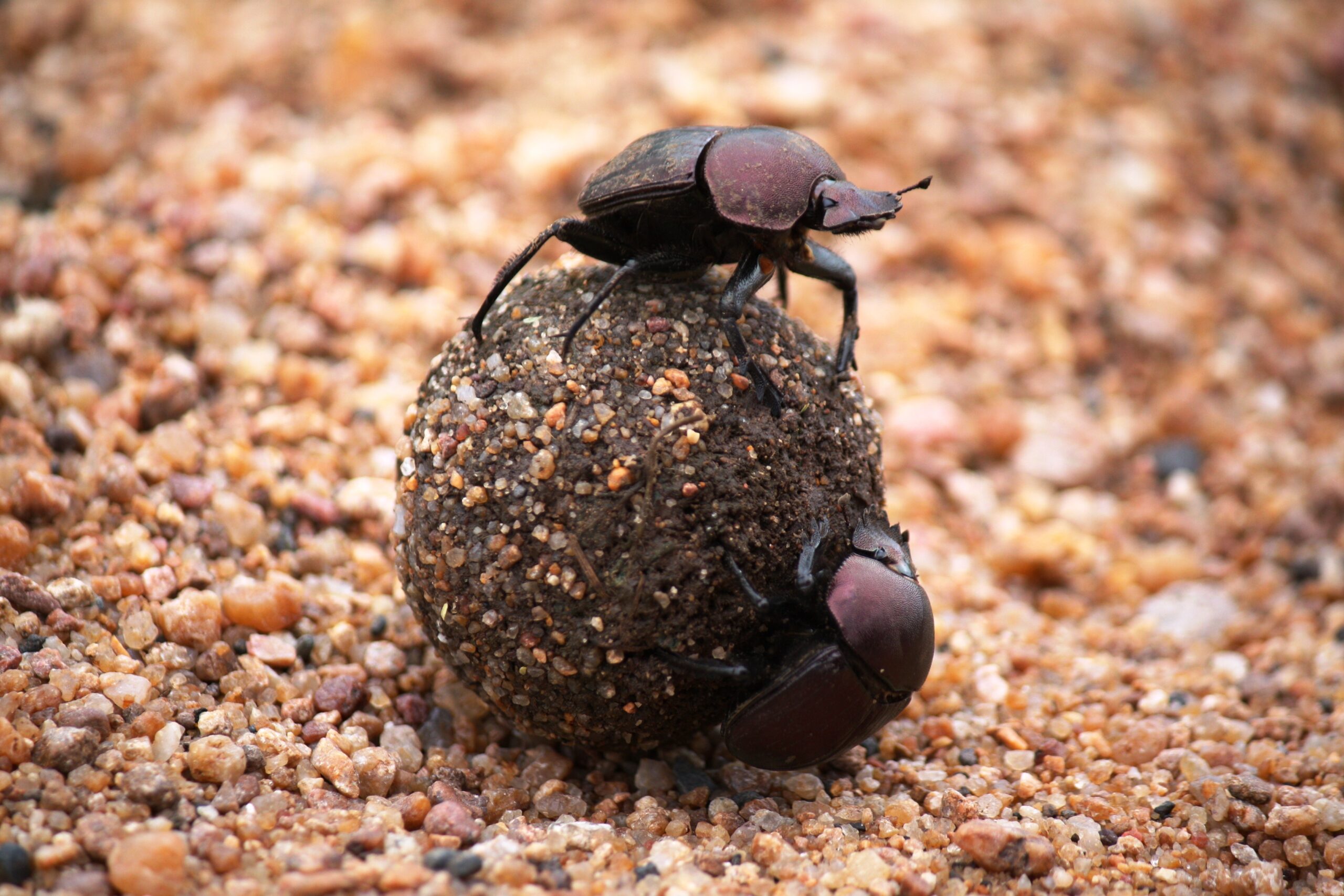
The Dung Beetle is the insect world’s strongest animal, capable of pulling up to 1,000 times its own body weight. These beetles roll large balls of dung, which they use as a food source and breeding chamber. Their strength plays a crucial role in nutrient recycling in ecosystems. In addition to their impressive strength, dung beetles have an extraordinary sense of direction, using the Milky Way to navigate at night. They play a vital role in maintaining soil health by aerating the ground as they bury their dung balls, which also helps in fertilizing the soil.
Glasswing Butterfly
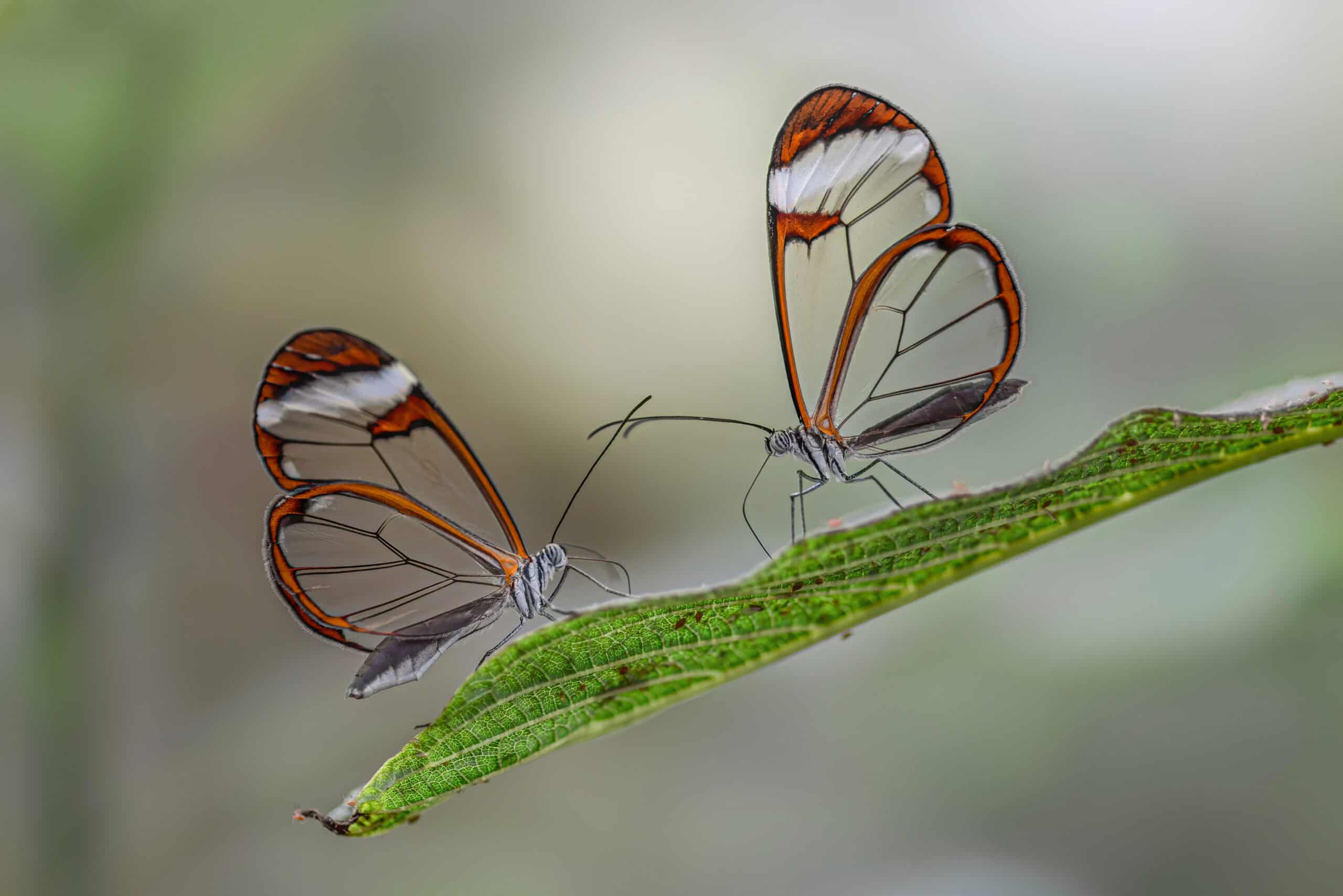
With transparent wings, the Glasswing Butterfly can virtually disappear into its surroundings. This transparency makes it nearly invisible to predators, allowing it to evade capture effortlessly in its native tropical habitats. Made of layers of chitin, these reduce light reflection, helping them blend into their environment. This creature’s diet consists of toxic plants, which make it unpalatable to predators, adding an extra layer of defense. Despite its delicate appearance, it is a strong flier, capable of covering long distances during migration.
Tawny Crazy Ant
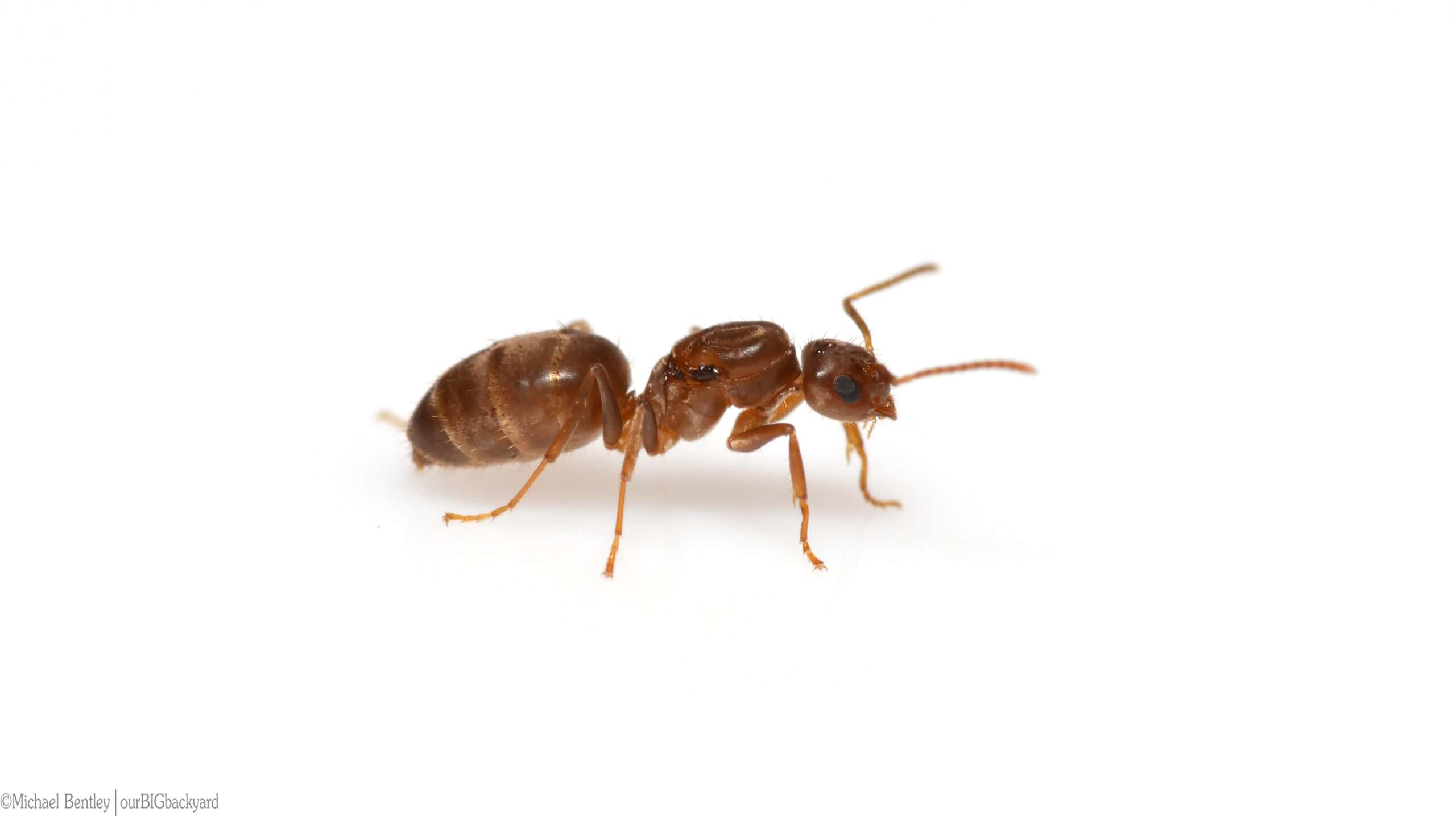
Tawny Crazy Ants are chemical warriors. When they encounter venomous fire ants, they produce formic acid to detoxify the venom. This ability allows them to coexist and even outcompete fire ants in areas where both species are present. Additionally, these ants move in erratic, rapid patterns, which makes them difficult to track or capture. Their colonies can grow rapidly, overrunning environments and outcompeting other species due to their aggressive survival strategies.
Orchid Mantis
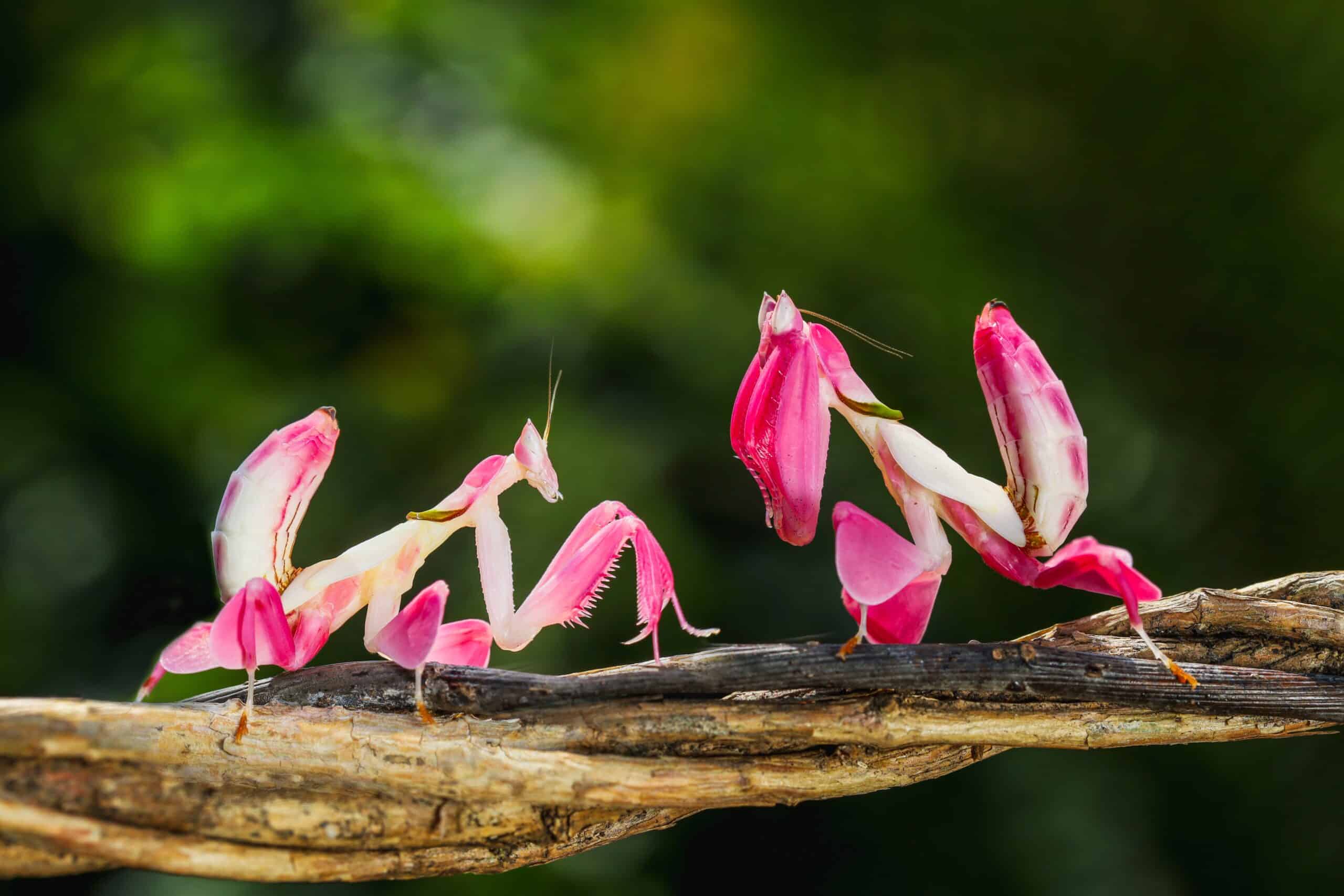
The Orchid Mantis is a master of disguise, mimicking the appearance of a delicate flower. This camouflage can even lure unsuspecting prey like bees and butterflies, which the mantis then captures with its quick, powerful forelegs. Its ability to not only resemble a flower but also sway gently like one in the breeze makes its mimicry even more convincing. The bright pink and white coloration further enhances its deception, allowing it to blend seamlessly into blooming orchids. In addition to its hunting advantage, this disguise helps them avoid predators that would otherwise spot it in open environments.
Puss Caterpillar
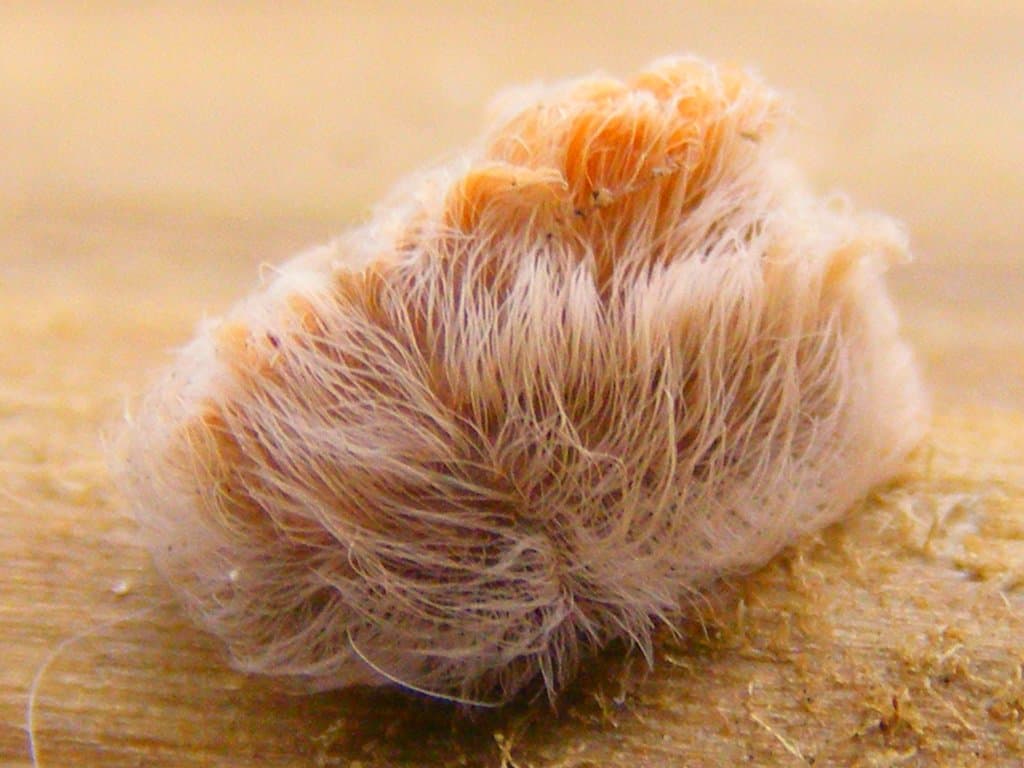
The fuzzy Puss Caterpillar hides venomous spines beneath its soft fur, delivering an intensely painful sting to anyone who touches it. The venom can cause severe reactions, including burning pain and even nausea, making this creature deceptively dangerous. The sting is often compared to intense, radiating pain similar to a broken bone or a burn, and it can last for several hours or even days. In addition to the pain, some victims report rashes, swelling, and difficulty breathing in severe cases. Despite its dangerous sting, this caterpillar’s docile appearance often misleads potential predators, as well as humans, into believing it’s harmless.
This article originally appeared on Rarest.org.
More from Rarest.org
13 Coveted Antique Glassware That Fetches Top Dollar

Tiffany Favrile Glass is renowned for its iridescent finish. Each piece is hand-blown, showcasing vibrant colors that shift in the light. Read More.
20 Endangered Animals Pushed to the Brink by Habitat Loss
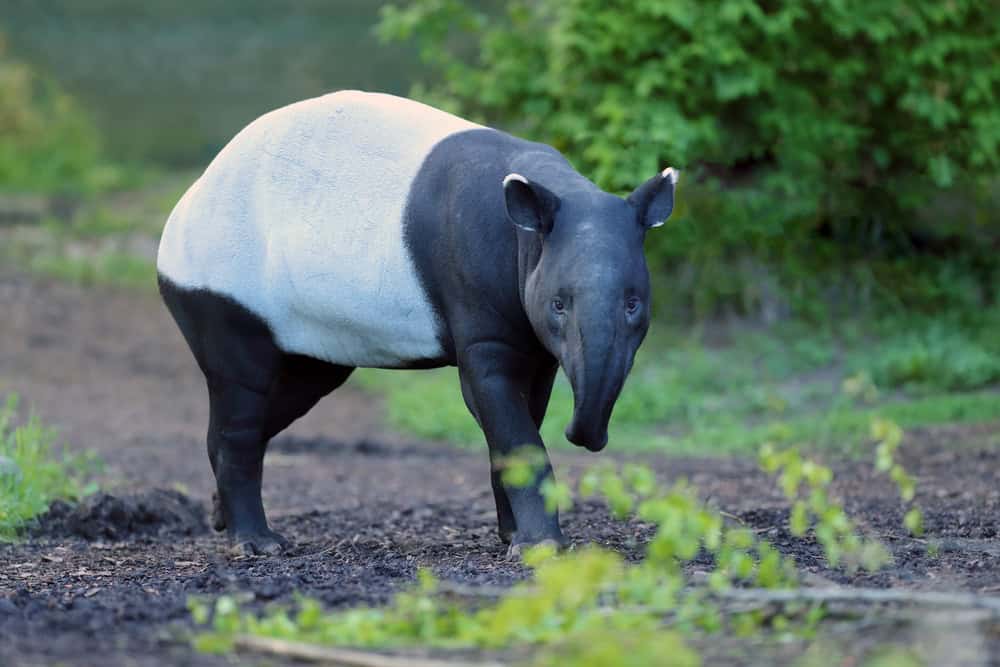
Many species are being pushed to the edge of extinction, with habitat loss playing a critical role in their decline. Forests, wetlands, and grasslands are disappearing, leaving animals with fewer places to thrive. Read More.
16 Coveted Ancient Manuscripts with Few Known Copies

Ancient manuscripts hold a deep fascination for scholars and collectors alike. Their rarity, historical significance, and the mystery surrounding their origins make them priceless. Read More.

